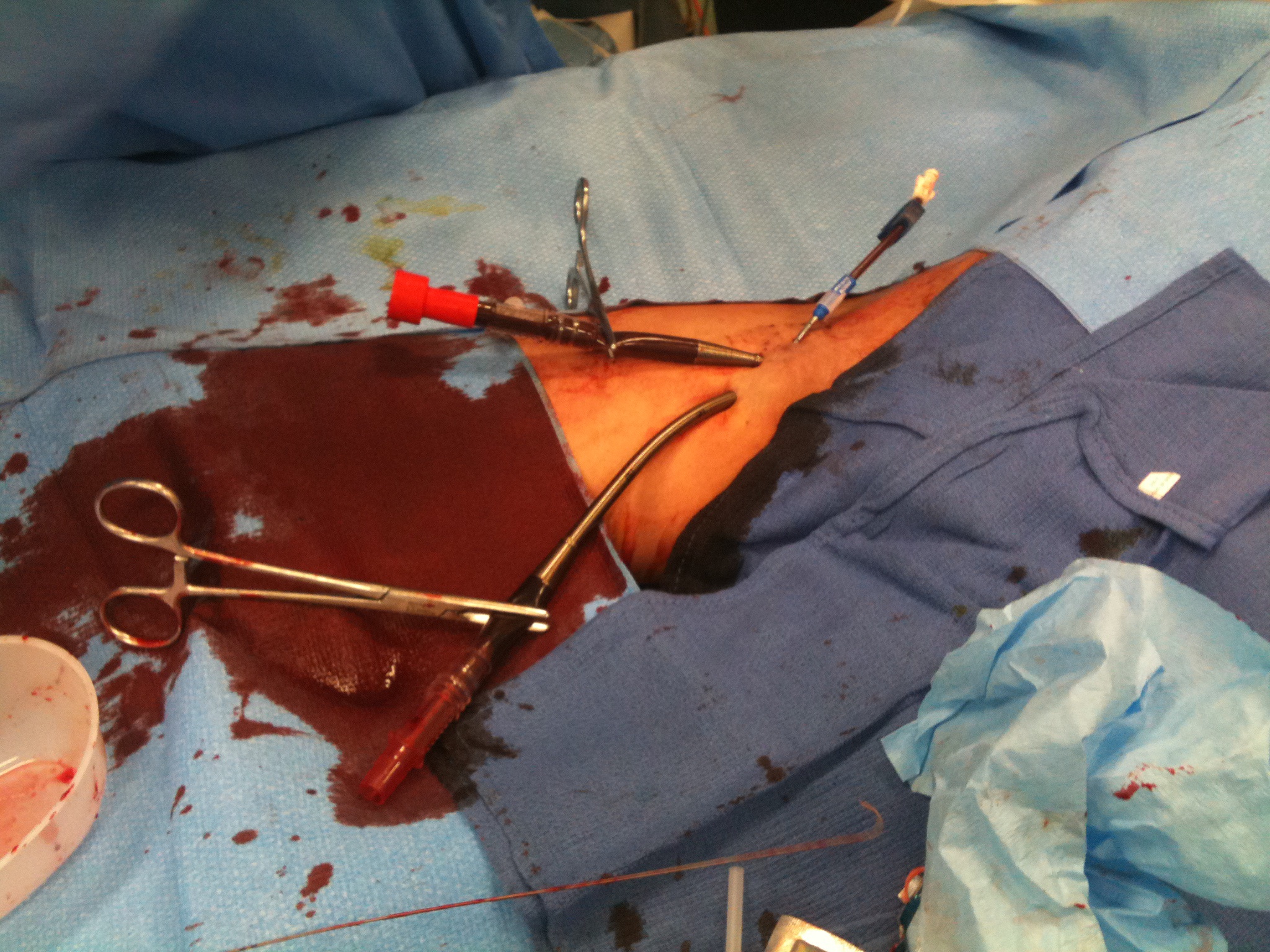ECMO CPR is peripheral V-A ECMO deployed in patients undergoing advanced life support (ALS) for cardiac arrest. The evidence for this procedure is limited but clinical trial are currently underway. Initial case series suggest greater than 30% survival to hospital discharge.
It is indicated in select patients with refractory cardiac arrest when conventional ALS is unable to achieve return of spontaneous circulation (ROSC).
Trial Inclusion Criteria
Patient <70 years old
Witnessed arrest
Bystander CPR
Initial rhythm NOT asystole
Presumed reversible cause
Less than 60 minutes since collapse
No preexisting condition that would preclude return to independent living
Logistics
ECPR is a complex intervention requiring coordination of a large multidisciplinary team. It requires dedicated planning and systematic training to be deployed effectively. Key elements include
Activation
Single call activates all team members
Initiated by first responder to cardiac arrest based on the inclusion criteria
Pre-Cannulation Phase
Ongoing high quality ALS
Exclude reversible causes (echo, VBG)
Institute mechanical compressions
Monitor EtCO2
Determine eligibility for ECPR
Cannulation Phase
Cease defibrilation
Ultrasound guided percutaneous femoral access
Confirmation of wire placement of echo
Commencement of VVA ECMO
Post Cannulation Phase
Secure Lines
Defibrilation if appropriate
Inotropes to achieve ventricular ejection
Transport to cath lab or definitive treatment






